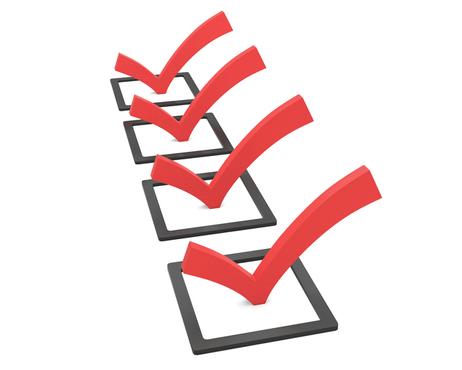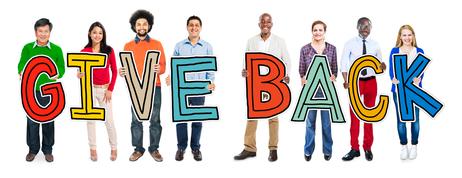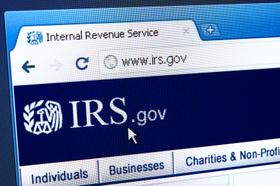Why Do Private Schools Get a Bad Rap?
As a Young Person
I remember being intimidated by the private schools in my hometown of Montreal. I only became aware that there was such a thing as a private school in fifth or sixth grade when a couple of my classmates took the entrance examinations at Lower Canada College and Selwyn House School. I don't recall much discussion at home about the schools except that the academic work was hard and that my parents couldn't afford to send me to a private school. Then, in high school, we got a couple of new classmates who had previously attended a boarding school in the Eastern Townships. These lads struck me as snobbish, arrogant, rich, undisciplined, and not serious about learning. So, I understood why they had been asked not to return after a year at their school. That was the first time I knew private schools strive to be genuine learning institutions.
As a Parent
I had a different impression of private schools when we began thinking about preschools and elementary schools for our daughters. My late wife had attended private schools in Manhattan, so sending our kids to private schools made sense. Both girls attended preschools operated by the churches we attended. My eldest daughter then participated at the local Waldorf school for the elementary grades. Again, we had positive experiences at all three of these schools. A few years later, we moved to Litchfield County, Connecticut.






.jpg)


















